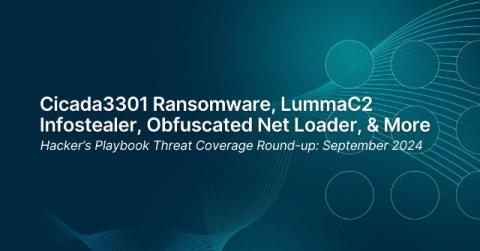Why hotels and leisure businesses need DDI solutions for seamless operations
In today’s hospitality industry, the role of hotel management has expanded far beyond providing safe and clean accommodations. The focus now lies on delivering enhanced service quality through robust amenities, such as personalized guest experiences, digital concierge services, in-room entertainment systems, seamless mobile check-ins and check-outs, and high-speed Wi-Fi.











